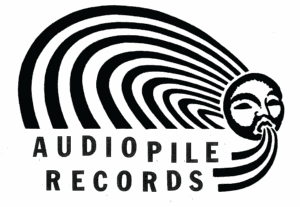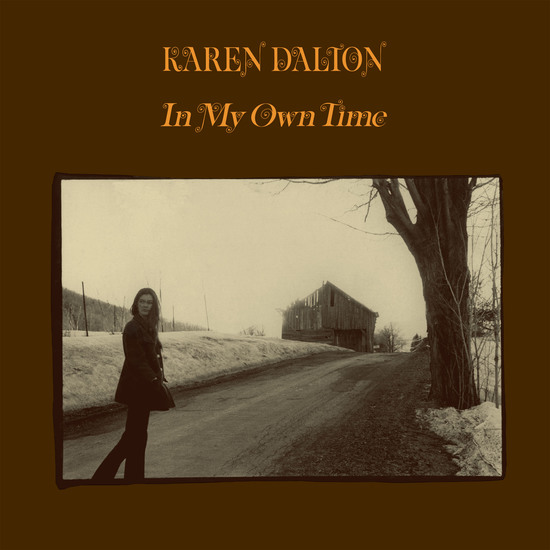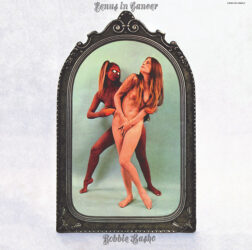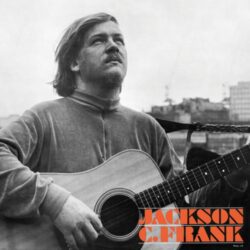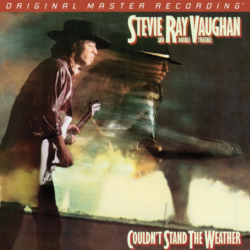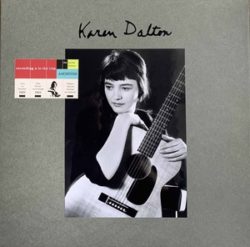In My Own Time (50th Anniversary/Silver Vinyl)
Label: Light In The Attic
Genre: Country/Folk/Blues, Folk
$36.99
Out of stock
The Oklahoma-raised Karen Dalton (1937-1993) brought a range of influences to her work. As Lenny Kaye writes in the liner notes, one can hear “the jazz of Ella Fitzgerald and Billie Holiday, the immersion of Nina Simone, the Appalachian keen of Jean Ritchie, [and] the R&B and country that had to seep in as she made her way to New York.”
Armed with a long-necked banjo and a 12-stringed guitar, Dalton set herself apart from her peers with her distinctive, world-weary vocals. In the early ‘60s, she became a fixture in the Greenwich Village folk scene, interpreting traditional material, blues standards, and the songs of her contemporaries, including Tim Hardin, Fred Neil, and Richard Tucker, whom she later married. Bob Dylan, meanwhile, was instantly taken with her artistry. “My favorite singer in the place was Karen Dalton,” he recalled in Chronicles: Volume One (Simon & Schuster, 2004). “Karen had a voice like Billie Holiday and played the guitar like Jimmy Reed.”
Those who knew Dalton understood that she was not interested in bowing to the whims of the record industry. On stage, she rarely interacted with audience members. In the studio, she was equally as uncomfortable with the recording process. Her 1969 debut, It’s So Hard to Tell Who’s Going To Love You The Best, reissued by Light in the Attic in 2009, was captured on the sly when Dalton assumed that she was rehearsing songs. When Woodstock co-promoter Michael Lang approached Dalton about recording a follow-up for his new imprint, Just Sunshine, she was dubious, to say the least. The album would have to be made on her own terms, in her own time. That turned out to be a six-month period at Bearsville Studios in Woodstock, NY.
Producing the album was bassist Harvey Brooks, who played alongside Dalton on It’s So Hard to Tell Who’s Going To Love You The Best. Brooks, who prided himself on being “simple, solid and supportive,” understood Dalton’s process, but was also willing to offer gentle encouragement, and challenge the artist to push her creative bounds. “I tried to present her with a flexible situation,” he told Kaye. “I left the decisions to her, to determine the tempo, feel. She was very quiet, and I brought all of it to her; if she needed more, I’d present options. Everyone was sensitive to her. She was the leader.”
Dalton, who rarely performed her own compositions, selected a range of material to interpret—from traditionals like “Katie Cruel” and “Same Old Man” to Paul Butterfield’s “In My Own Dream” and Richard Tucker’s “Are You Leaving For The Country.” She also expanded upon her typical repertoire, peppering in such R&B hits as “When a Man Loves a Woman” and “How Sweet It Is.” In a departure from her previous LP, Dalton’s new recording offered fuller, more pop-forward arrangements, featuring a slew of talented studio musicians.
While ‘70s audiences may not have been ready for Dalton’s music, a new generation was about to discover her work. In the decades following her death, a slew of artists would name Karen Dalton as an influence, including Lucinda Williams, Joanna Newsom, Nick Cave, Angel Olsen, Devendra Banhart, Sharon Van Etten, Courtney Barnett, and Adele. In the recent acclaimed film documentary Karen Dalton: In My Own Time, Cave muses on Dalton’s unique appeal: “There’s a sort of demand made upon the listener,” he explains. “Whether you like it or not, you have to enter her world. And it’s a despairing world.” Peter Walker, who also appears in the film, elaborates on this idea: “If she can feel a certain way in her music and play it in such a way that you feel that way, then that’s really the most magical thing [one] can do.” He adds, “She had a deep and profound and loving soul…you can hear it in her music.”
